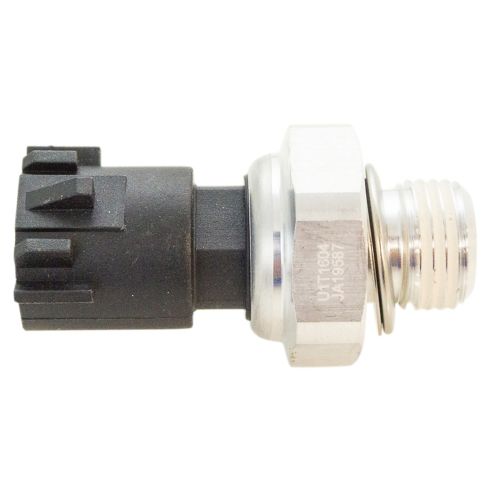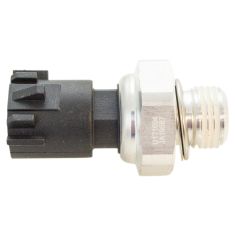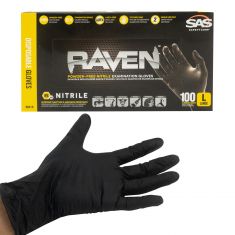1AOSU00031-Oil Pressure Sender TRQ SWA41742

Replaces
Oil Pressure Sender TRQ SWA41742

Frequently bought together
Product Reviews
Loading reviews
4.20/ 5.0
10
10 reviews
oil sensor suburban
January 4, 2021
great and inexspensive part. worked great. Exact fit. and caused my check engine light go off.
January 26, 2021
Courteous & knowledgeful staff, great products with simple &
easy how to videos!
October 17, 2021
Product washer was affixed and not loose, unable to tighten part.
Great
February 9, 2022
Part was exact match and has been working well for 6 months now.
Good product.
March 27, 2022
Good replacement for OEM.
September 5, 2022
Part fix as shown, arrived on time.
The part was like OEM!
March 6, 2023
Perfect fit! Thanks 1A auto!
Pressure Sensor working fine
May 29, 2023
Bought in conjunction with a Intake gasket. The pressure switch worked as advertised.
Cheap
December 26, 2023
Plastic snapped off during install and I had to buy a replacement. The last one I bought from here did not last very long. Spend the extra money and get it from a parts store.
Oil pressure sender replacement
February 1, 2024
I had zero oil pressure reading from my gauge and took the intake manifold off like the instructional 1A auto video and was able to remove the check engine light after replacing my oil pressure sender and filter screen! I also replaced the intake manifold gaskets, definitely a useful video and product.
Customer Q&A
How to change this part ? The oil sending unit ?
February 7, 2022
10
Our listing has a few videos that should be able to assist you in your replacement.
February 7, 2022
Emma F
10
This is possible to reach behind the air intake and unscrew the old one on the back of the manifold and replace without taking but a few hoses and the intake cover out of the way. It is difficult and requires a certain size deep socket, but is possible. Getting the electical plug loose without breaking the clip is probably the hardest part. I did watch the supplied videos as well as several on you tube before installing. The more you know and see up front the bettere. Best of luck!
February 9, 2022
Ken C
Will this fit a 5.3?
October 15, 2022
10
This part will not fit your engine size, but we may have a part that is listed to fit.
Please enter your vehicle's year make and model in the search bar at the top of the page. This will display parts guaranteed to fit your vehicle. Just be sure to verify all of the information shown in the Vehicle Fit tab before ordering.
October 17, 2022
Emma F
does the filter screen come with the sensor?
November 29, 2022














